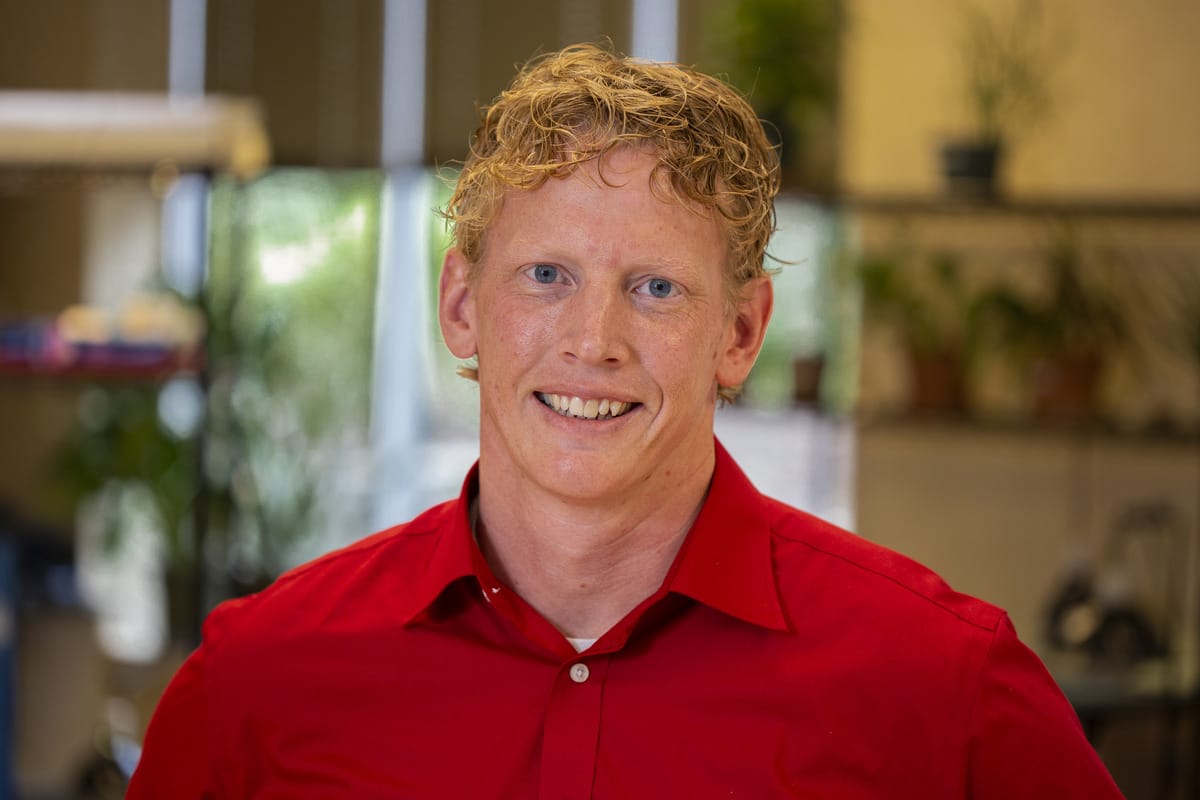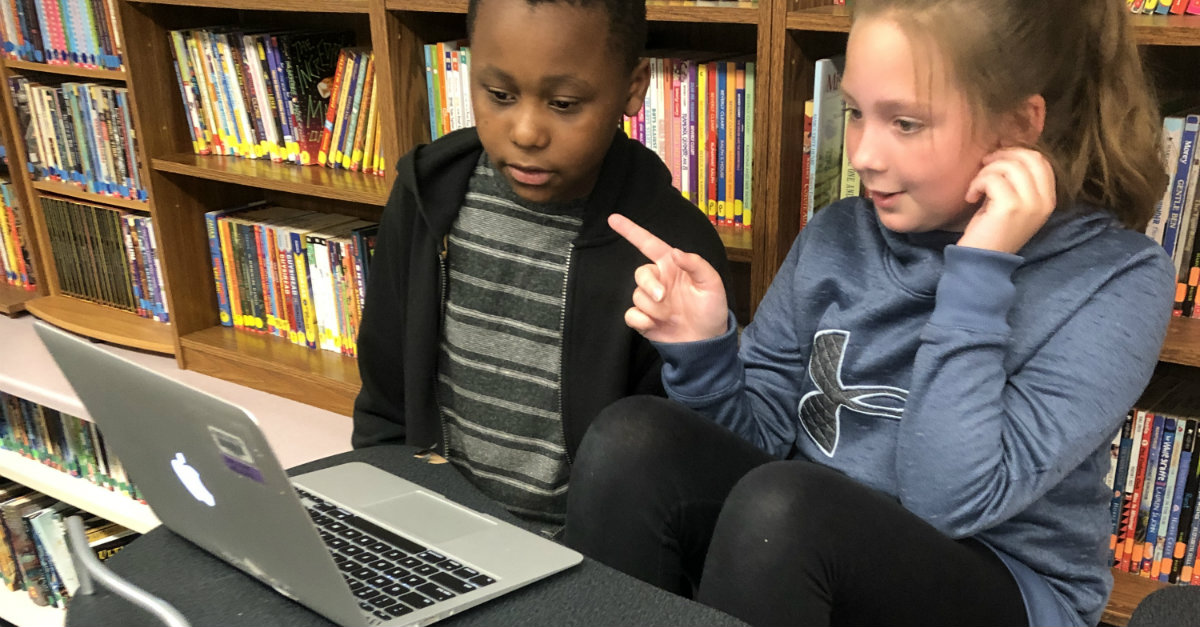Let’s be honest: they’re probably never going to use it. Of course, people do use science. Without it, we’d literally be stuck in the dark ages. Math and grammar and history, too—everything we teach in school—helps us build this thing we call civilization. But when one kid raises a hand and asks, “When are we ever going to use this?” That one kid is probably never going to use it. Odds are, you haven’t used long division in ages. You’ve forgotten the periodic table and never recite state capitals. I bet you never entertain your colleagues at work by playing the recorder you worked so hard to learn in fourth grade.
Sure, you can come up with a rationale for why these things have value. But deep down, most of us suspect that those rationales are really just rationalizations. The truth is, we teach science primarily because you never know which one student in your class will go on to become a scientist and make the world a better place. But that value is uncertain and wildly distant—and therefore, not particularly persuasive to that one kid with their hand in the air asking you how your content is relevant to them.
Changing the Status Quo
It’s time to change that. Let’s make learning relevant to our students by instilling it with purpose—not some distant, possible purpose, but purpose right now. And let’s do that in the most powerful way possible: by helping our students to impact the world. Today. What does that look like?
- Fourth graders learning how to disagree civilly, then sharing their voices with the world in a podcast.
- Middle schoolers forming friendships with senior citizens in a retirement community, then crafting biographies as mementos for their new friends.
- Elementary students learning about financial literacy, then teaching high schoolers to avoid debt, save wisely, and invest for their future.
- Teachers finding out what issues their students are passionate about, and then helping their students take real and concrete steps to address those issues.
What about content? What about standards? Well, teachers around the country are discovering that these types of real-world tasks naturally integrate content understandings. Those podcasting fourth graders honed their ELA skills by writing and speaking. They learned social studies when they researched the issues they wanted to address. They learned about decimals when they worked with the timestamps of their audio recordings. The content is all around you when you dive into a powerful project.
And the real magic of this approach is that the content, when you stick it into a powerful project, sticks with your students. We only really learn when we do; we only really learn what we use. So when teachers integrate their standards into work students care about, they’re discovering that their test scores actually improve.
Becoming a Blue Apple Teacher
This kind of purpose-based learning isn’t the norm—yet. Right now, you’ll really stand out if you build your instruction by asking yourself, “What can my class do this month to make the world a better place?” You’ll be a blue apple in a tree full of red ones… but we’re hoping to change that. We’ve collected ten incredible examples of teachers helping their students to change the world. We’ve turned them into units so that teachers have supports and scaffolds for implementing purpose-based learning. Check them out at blueappleteacher.org. Each project features a free overview that you can use to structure your lessons, plus ideas for content integration, collaborating with other classes, and bringing real-world experts to your classroom.
If you believe that education ought to be about changing the world, today, then tell someone. Share this post, or share the ideas. Be an advocate not only for your students, but for the students of every teacher you meet. And in your own classrooms, start taking bold steps—however large or small they may be—to help your students change the world with purpose-based learning.

